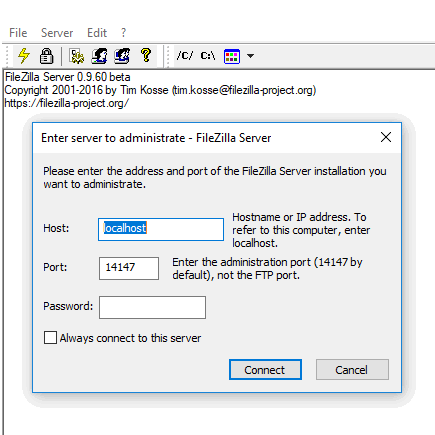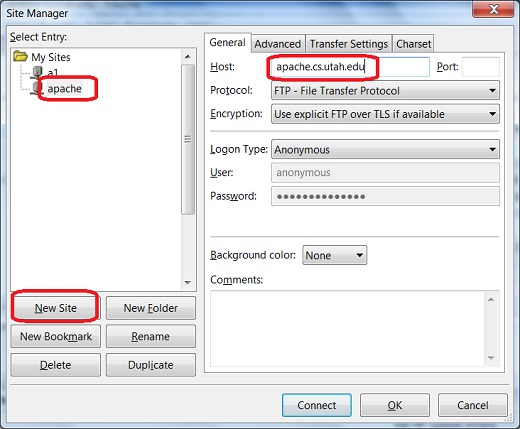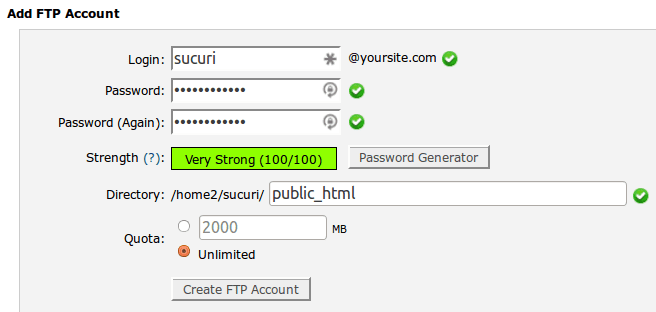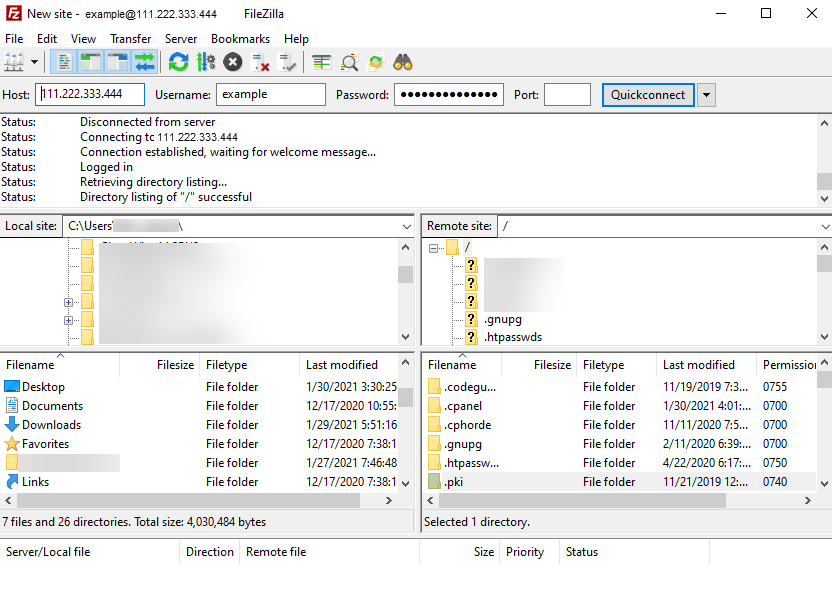

- #Filezilla could not connect to server gator host how to
- #Filezilla could not connect to server gator host update
- #Filezilla could not connect to server gator host password
How Do I Transfer Files Using Filezilla Hostgator? In most of the cPanel accounts, you have access to and manage all of your home directories through a system FTP account. This client, like SFTP and FTPS, can also run FTP over secure connections. Once you are connected to the FTP server, you will be able to upload and download files to and from the server.įileZilla, an open-source FTP client, is available from Linux and Windows as part of the cpanel system. Next, you will need to open Filezilla and enter the FTP server address, username, and password.

#Filezilla could not connect to server gator host password
Once you have created your user account, you will need to assign a password and set the directory that you want the user to have access to. To set up your FTP server, you will first need to create a user account in cPanel. cPanel is a web hosting control panel that allows you to manage your hosting account and server settings. Filezilla is a free, open source FTP client that can be downloaded from.
#Filezilla could not connect to server gator host how to
In this article, we will show you how to set up an FTP server using Filezilla and cPanel on Hostgator.


In your specific instance TCPView would have shown you right away that fzsftp.exe was firing off the connection and failing. You can save TCPView's output window to a file using the Save menu item. You can close established TCP/IP connections (those labeled with a state of ESTABLISHED) by selecting File|Close Connections, or by right-clicking on a connection and choosing Close Connections from the resulting context menu.
#Filezilla could not connect to server gator host update
Endpoints that change state from one update to the next are highlighted in yellow those that are deleted are shown in red, and new endpoints are shown in green. On Windows XP systems, TCPView shows the name of the process that owns each endpoint.īy default, TCPView updates every second, but you can use the Options|Refresh Rate menu item to change the rate. You can use a toolbar button or menu item to toggle the display of resolved names. When you start TCPView it will enumerate all active TCP and UDP endpoints, resolving all IP addresses to their domain name versions. Whether your system is idly listening for remote inbound connections or local applications are connecting outbound they will be listed in the interface. This particular tool will display all local applications and the TCP/UDP ports those applications utilize in Windows. TCPView is part of MS's Sysinternals troubleshooting utilities.


 0 kommentar(er)
0 kommentar(er)
